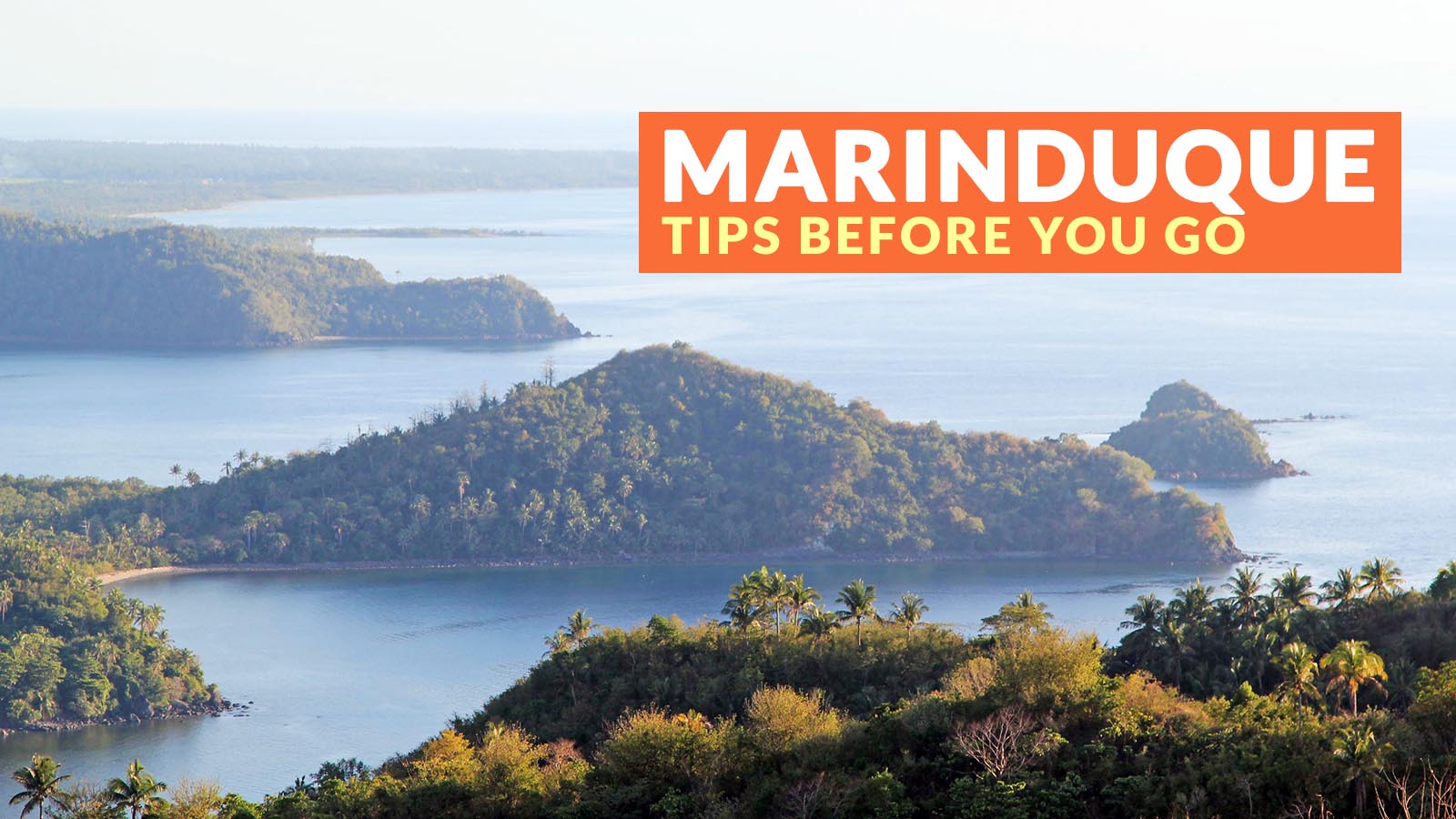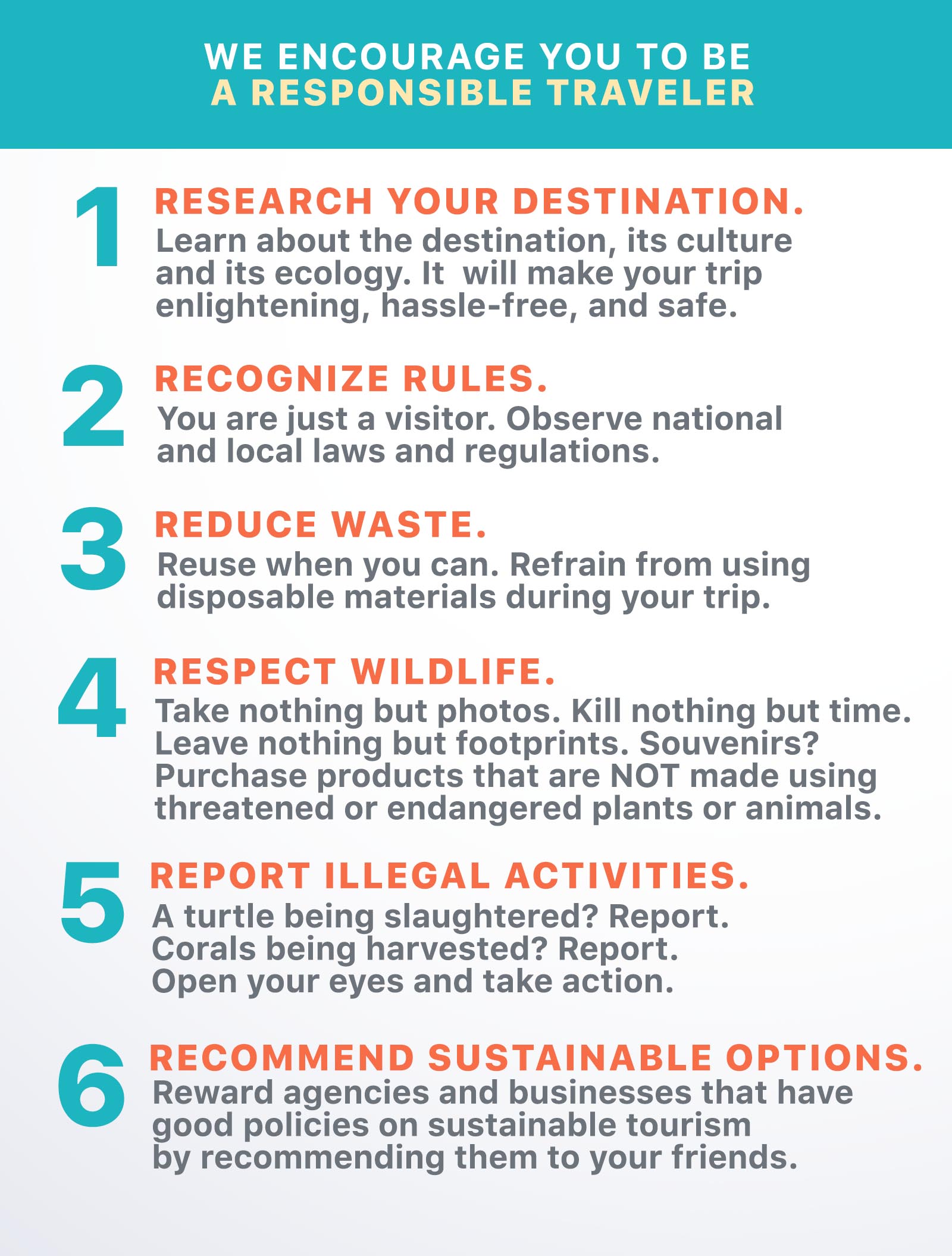
2019 • 07 • 02
Said to be the Center of the Philippines by the Luzon Datum of 1911, Marinduque is a heart-shaped island province that belongs to the MIMAROPA region. It is sandwiched by Tayabas Bay in the north and the Sibuyan Sea in the south. The nearby surrounding provinces are Romblon in the south, Mindoro in the west (separated by the Tablas Strait), and Quezon in the east (separated by the Mongpong Pass).
Boac (the provincial capital), Mogpog, Gasan, Buenavista, Torrijos, and Santa Cruz are the six municipalities making up Marinduque. Its offshore islands are not to be missed too! These islands include Tres Reyes Islands (Melchor, Gaspar, Baltazar), Elephant Island (Bellarocca), Maniwaya Island, Mongpong Island, Hakupan Island, and Polo Island.
WHAT'S IN THIS GUIDE?
How to Get There
Nearest Airport: Marinduque Airport (Gasan), Ninoy Aquino International Airport, also known as Manila International Airport (Manila)
By Air
Now that Cebu Pacific opened its Manila-Marinduque route, what used to be eight-hour land-to-sea transit is now reduced to a whopping one hour (or less) travel time between these two points via air! The inaugural flight from Manila to Marinduque was held on April 1, 2019. Cebu Pacific flies this route 3x weekly — Monday, Wednesday, and Saturday. The roundtrip fare may range from P3000 to P5000, depending on the season. You may check the flights and book your ticket from Cebu Pacific’s official website.
By Land and Sea
- VIA DIRECT BUS
JAC Liner offers a direct transit service via RoRo ship from Dalahican Port in Quezon to Balanacan Port in Mogpog. Passengers can board the bus in Cubao terminal at 3:00 PM. Note that the bus departs at 4:00 PM at JAC Liner Cubao Terminal only and runs Manila to Marinduque route ONCE a day, so make sure you go there on time or earlier.
Travel Time: Approximately eight (8) hours
Fare: P900-1000 (inclusive of bus fare, ferry ticket, and terminal fees) - VIA LUCENA GRAND TERMINAL
- From Cubao or Buendia, take the bus to Lucena Grand Terminal in Quezon. The fare is around P270, depending on the seat class and bus type. The travel time is around five (5) hours, depending on the traffic condition.
- From the Lucena Grand Terminal, get on a jeep (P10) or tricycle (P150) to Dalahican Port.
- Once you arrive at Dalahican Port, pay the terminal fee of P30 and then purchase your ferry ticket. You have the option to take the RoRo or the fast craft to get to Marinduque’s Balanacan Port in Mogpog. The fare may range from P150 to P390, depending on the type of sea vessel. The travel time is around three (3) hours, depending on the sea condition.
- Once at Balanacan Port in the municipality of Mogpog, the jeepneys take you from town to town. Note that the last trip is at 5:00 PM. The usual jump-off point is the town of Boac as it shares borders with all the other five towns. Mogpog is located north of Boac.
Entrance Fee and Other Charges
- Island Hopping Rates for Tres Reyes Islands: P1000 – P1500/boat (Gaspar Island, Baltazar Island, and Melchor Island); P500 – P600/boat (Gaspar Island only)
- Maniwaya Island Rate: P1000-1500/boat from Buyabod Port to Maniwaya Island. Approximately P4000/boat from Buyabod Port (inclusive of Ungab Rock Formation and Palad Sand Bar); P1500/boat from Maniwaya Island to Palad Sand Bar and Ungab Rock Formation
- Other Attractions: Poctoy Beach Entrance (Around P25 entrance fee); Malbog Sulfur Resort (P45 adult / P30 kids) Note: We will update this from time to time and add more attractions.
Don’t Miss
- Moriones Festival. Marinduque is famous for this traditional celebration which is annually held during Holy Week.
- The pristine beaches. Marinduque boasts several unspoiled beaches. The most popular is Poctoy Beach.
- Island hopping. The island province is dotted with a number of offshore islands namely Maniwaya Island, Polo Island, Mompong Island, Hakupan Island, and the Tres Reyes Islands. Other offshore attractions are Ungab Rock Formation and Palad Sand Bar.
- Natural High. Scale the highest peak in Marinduque — Mount Malindig or take the 468 steps up the peak of Mount Mataas where you can also find the Luzon Datum of 1911 — the geodetic center of the Philippines.
- Sulfur Spring. Marinduque’s sulfur spring and hot spring also draw crowds, both locals and foreigners, for their healing property, especially for skin maladies.
- Heritage tour. Explore the age-old ancestral houses, the unique churches, historical sites, and even the oldest hotel in the province — Boac Hotel.
- Food trip! Try the peculiar cuisine of the Marinduqueños such as Ulang-ulang (sour soup with shrimp and young coconut meat), Kare-kare (which looks and tastes more like bopis and dinuguan), Dinilawan na Native Chicken (uses turmeric for flavor and color), pinaltok (version of ginataang bilu-bilo), tuba drink, bibingka “lalaki”, sinagol (buco noodle soup), saludsod (cassava pancake), Arrowroot cookies, coco sugar, and gulay na santol.
Don’t Forget
- Bring enough cash as there are few ATMs. Credit card transactions are rarely accepted if none at all.
- DO NOT LITTER. Respect the places that you plan to visit. Dispose of your garbage properly. Clean after yourselves.
- Be cautious. Personal safety must be a priority.
- Protect yourself from the sun. Apply sunscreen, but make sure that you are using eco-friendly and environment-friendly products. Please purchase sunscreen WITHOUT these ingredients: oxybenzone, parabens, and benzophenone.
- Practice sustainable tourism. Buy local products, bring your own water container, bring a dry bag instead of using plastic for your wet clothes, and bring extra bags instead of using plastic for your shopping.
If You Have More Time and Budget
- Boac: Kabugsugan Falls, Marl Insects and Butterfly Culture, and Amana Resort
- Gasan: Gasan Nature and Butterfly Park, Butterfly Farm, and Talao Cave
- Mogpog: Balanacan Cove, Bintakay Cave, Paadjao Falls, and Tarug Caves
- Santa Cruz: Bathala Caves, Bagumbungan Underground River Cave, Kawa-kawa Falls, and Carmen Eco-Adventure Park
- Torrijos: Ka Amon Cave
- Buenavista: Marinduque Hot Springs Resort and Elephant Island (Bellarocca)
Where to Stay
There’s a decent number of resorts, inns, and homestays in the province and more accommodation options are expected to develop in the coming years. Boac and Santa Cruz are the largest towns in Marinduque and have the highest concentration of residents and commercial establishments. If you want to experience staying at Boac Hotel, you need to book in advance, especially during Holy Week, as they only have 16 rooms. If you want to stay near Poctoy Beach, here are the other accommodations in the town of Torrijos.
- Beach Club Cagpo. ✅ CHECK RATES & AVAILABILITY
- Villa Briones. ✅ CHECK RATES & AVAILABILITY
For more options, search here: Marinduque Hotels
This post was made possible by Cebu Pacific Air.
More Tips on YouTube ⬇️⬇️⬇️





Comments